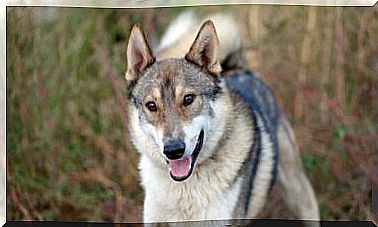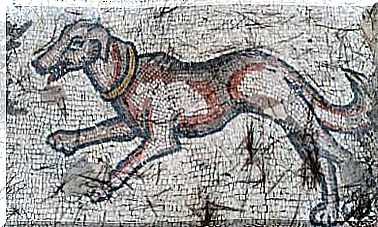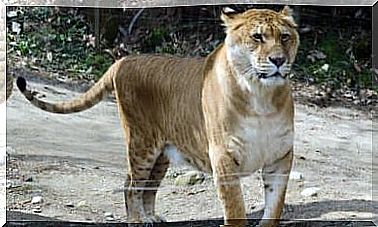What Is Ecological Succession?

What do volcanic eruptions, hurricanes, forest fires, tsunamis and extensive agriculture have in common? All of them are a starting point for a process known as ecological succession.
In simple terms, ecological succession is the expression of the force of nature. It refers to the constant process of change and restructuring that all ecosystems undergo. Thanks to these changes, each ecological niche experiences the progressive replacement of the organisms that compose it.
The term succession refers to the replacement, over time, of some species by others. To solve this problem, it is essential to assess the interactions between different species that share the habitat.
The elements involved in ecological succession
As an integrating phenomenon, ecological succession encompasses biotic factors (living beings) and abiotic factors (atmospheric conditions) of an ecosystem.
Although these theories were originally developed by botanists, they have been extended to understand faunal dynamics. Furthermore, it is applicable to microbial communities.
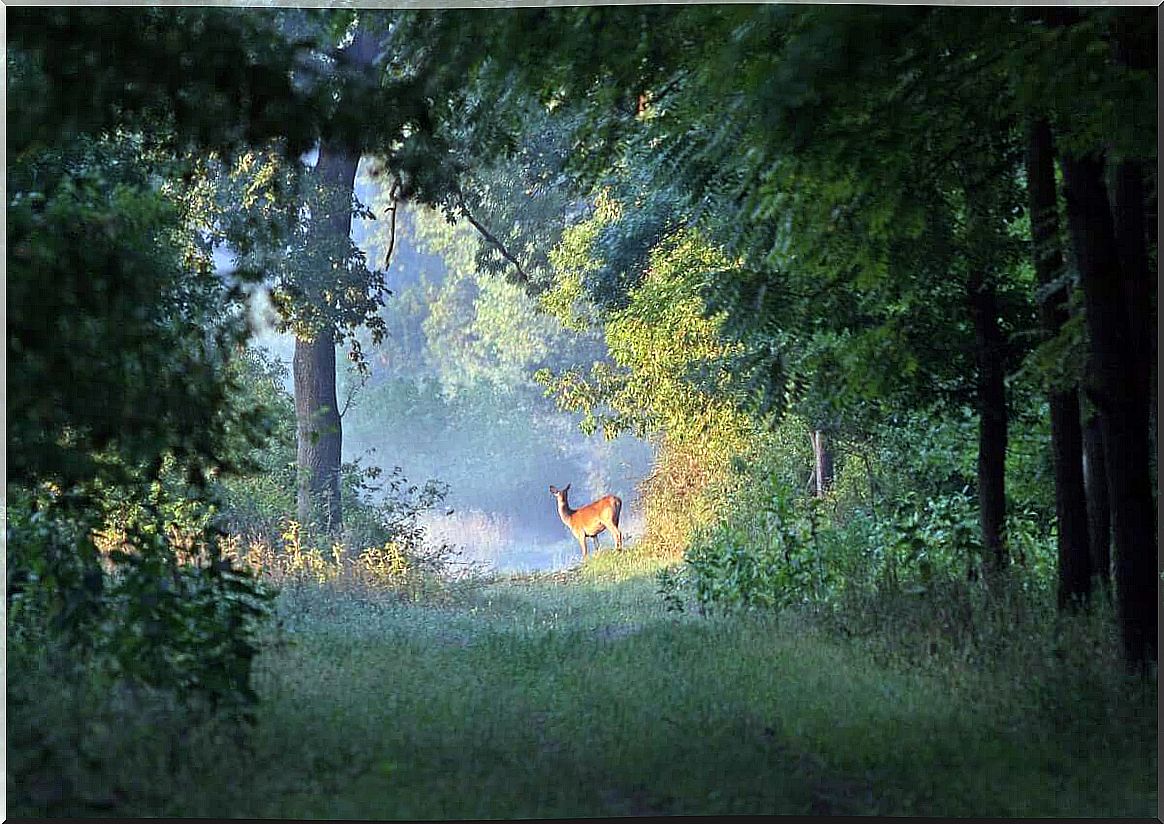
Types of ecological succession
Furthermore, if the succession involves the occupation of a “new house”, that is, the colonization of a new habitat without the influence of preexisting communities, it is called primary succession. On the other hand, if the succession continues until the interruption of a preexisting community, it is called secondary succession.
Broadly speaking, ecological succession can begin under two basic circumstances:
- Like the occupation of a new, unoccupied habitat.
- Like the transformation of a niche that undergoes changes induced by a disturbing event.
Phases of an ecological succession
There are several phases that constitute the phenomenon of ecological succession. We’ll show you below:
1. Nudation
The initial phase begins with the formation of an uncovered or undernourished area. It originates from events such as eruptions, floods, erosions and other catastrophic events. It can also occur by human action: stone extraction, hydrofracturing, fires, construction of reservoirs, etc.
2. Invasion
At this stage , pioneer species arrive in the area, which form the basis for the survival of other living beings. The invasion includes the following three steps:
- Dispersion or migration of seeds or spores of invasive species.
- Eceses or germination of migrated plant species in the new area. It includes the growth of seedlings and the beginning of reproduction of the adult plants.
- Aggregation: Successful immigrant individuals of a species increase in number by breeding and aggregate into a large population in the area, forming a pioneer community.
3. Competition and reaction
Thriving species compete with each other for space and nutrition (intraspecific competition). In addition, they compete with individuals of other species that may enter the area (interspecific competition). The installed species constitute a serial community.
Gradually, the environment undergoes changes and becomes inadequate to support all organisms. Sooner or later, species are replaced by new invaders, usually animals more specialized in taking advantage of the habitat’s resources.
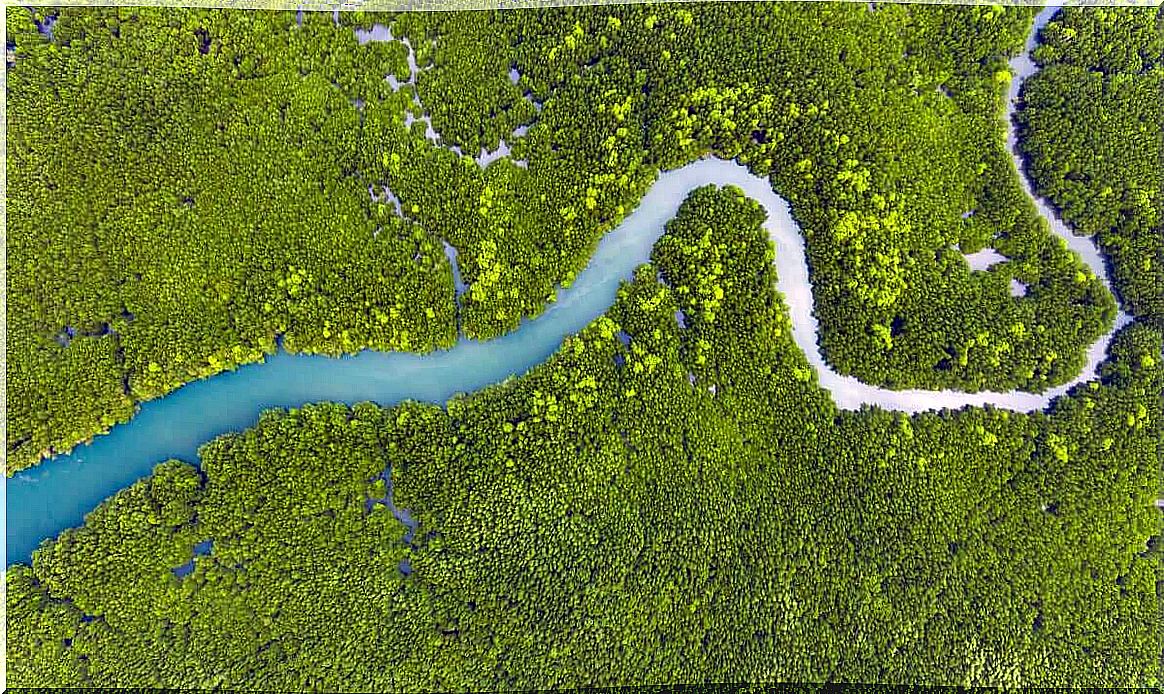
4. Stabilization
Finally, a stage is reached where the community stabilizes and can remain stable under existing conditions. The system reaches a great diversity of species, well distributed and with complex food chains.
It is important to note that this phase was considered a final phase, defined as the climax community. This idea has been largely abandoned by modern ecologists in favor of ideas of “non-balance” in ecosystem dynamics.
an essential process
In short, ecological succession is important for the growth and development of an ecosystem. Disseminating this knowledge helps to understand how colonization of new areas and the recolonization of destroyed areas begin.
All living things play an essential role in its ecosystem, and respecting each of its members is essential for everyone’s well-being.
